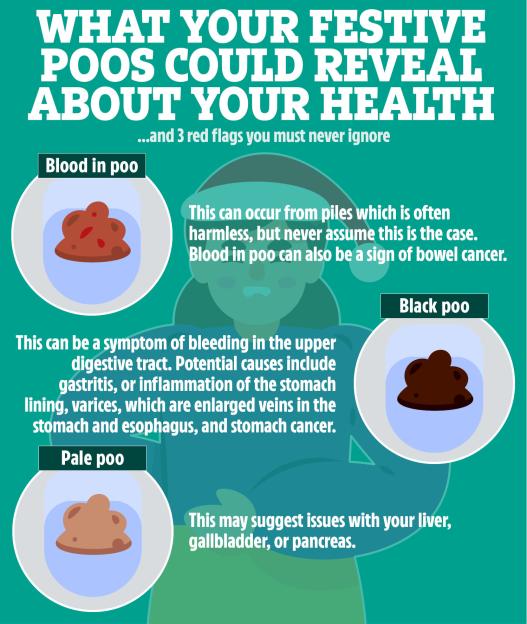A “SIMPLE”;; MRI scan can spot the risk of heart attack or stroke 10 years before, a study shows.
Researchers at the University of Dundee said their findings could “save vast numbers of lives”;; as it could give patients the option of preventative treatment.
 An increased mass of the heart’s left ventricle is a ‘clear indicator’ of cardiovascular risk
An increased mass of the heart’s left ventricle is a ‘clear indicator’ of cardiovascular riskPaying attention to a particular part of the heart â the left ventricle -can help indicate someone’s risk of future cardiovascular events, scientists said, even if the organ is pumping away normally at the time of the assessment.
Scientists studied 5,000 healthy Tayside residents with no risk or of cardiovascular disease, which refers to conditions that narrow or block blood vessels, including , and .
But, a decade later, it became apparent that an increased â but normal â mass of the heart’s left ventricle was a “clear indicator”;; of cardiovascular risk.
Ventricles are two chambers at the bottom of the heart. The right pumps blood to the lungs, and the left ventricle supplies blood to the rest of the body.
Thickening of the left ventricle’s muscle wall is well-established marker for people considered at high-risk of cardiovascular disease, according to the research team.
It tends to occur early in the disease process and flags issues such as high blood pressure.
But what the left ventricle can reveal for people considered low to medium risk is less well known.
Study lead Professor Jill Belch described the findings â published in the journal Radiology â as a “very exciting and significant development”;;, especially since researchers found different risk factors in men and women.
“We looked at thousands of records and it became apparent that the mass of the left ventricle was a clear indicator of future risk of cardiovascular disease,”;; she said.
“What made our findings particularly interesting was the difference we noted between men and women.”;;
A larger left ventricle in men was linked to diastolic â the pressure blood exerts against artery walls between heartbeats â while in women it was linked to .
Cholesterol fat-like substance found in blood. Too much of a harmful type called LDL cholesterol can block blood vessels and up the risk of heart problems and stroke.
Prof Belch said: “In men, we found that a larger left ventricle, associated with heart attack and stroke, was linked to the diastolic blood pressure.
“This level was what we would consider to be normal, albeit in the upper level.
 Professor Jill Belch from the University of Dundee School of Medicine
Professor Jill Belch from the University of Dundee School of Medicine She said the findings ‘allow us to pick up people and treat them before any organ damage has occurred’
She said the findings ‘allow us to pick up people and treat them before any organ damage has occurred’“In women, we found a link between an increase in left ventricle mass and cholesterol.
“Again, this level was in the upper end of what we would consider normal.
“Both the level of blood pressure and cholesterol level were such that, normally, no preventative treatment would be offered.”;;
Prof Belch said men should be encouraged to monitor and reduce their diastolic blood pressure, while women should be given statins at earlier to control cholesterol levels.
But she noted that none of the volunteers who took part the study had “immediate risk of “.
“This is exciting as it allows us to pick up people and treat them before any organ damage has occurred,”;; Prof Belch said.
“We have clearly identified a very early marker of future cardiovascular disease which can be detected via a simple MRI scan.
“This is a widely available, easy to perform procedure that our study has proven to be able to identify people at risk of cardiovascular disease who may have no other identifiable risk factors, 10 years before the event.
“The ability to provide pre-emptive treatment for patients at a stage where their heart is working perfectly well could save vast numbers of lives which are cruelly taken from us as a consequence of cardiovascular disease.”;;







